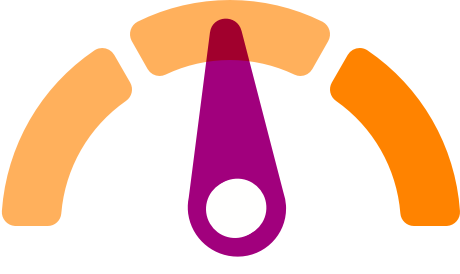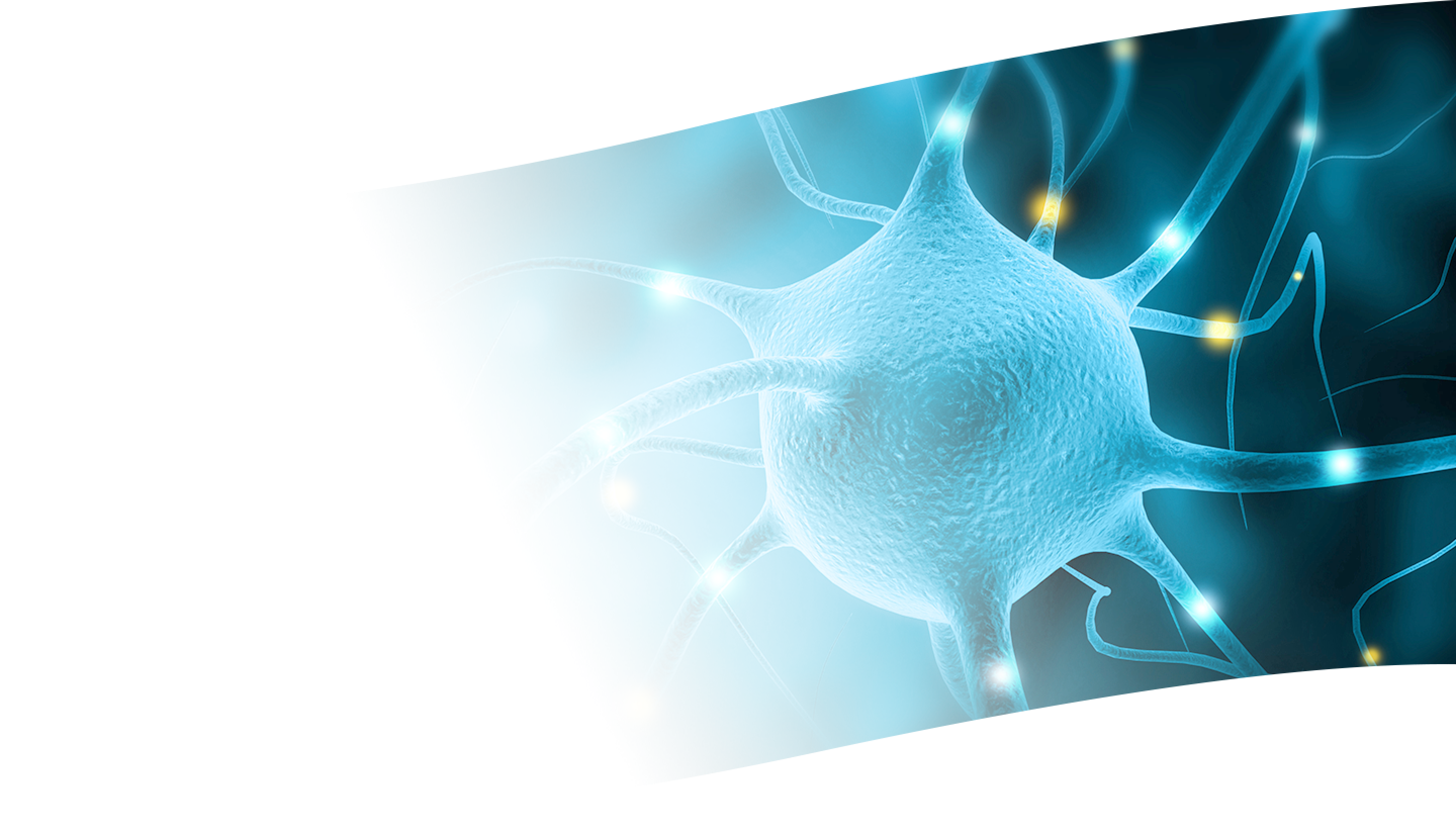
Managing ammonia is vital in treating urea cycle disorders (UCDs)1,2
References
- Enns GM, Porter MH, Francis-Sedlak M, Burdett A, Vockley J. Perspectives on urea cycle disorder management: results of a clinician survey. Mol Genet Metab. 2019;128(1-2):102-108.
- Häberle J, Boddaert N, Burlina A, et al. Suggested guidelines for the diagnosis and management of urea cycle disorders. Orphanet J Rare Dis. 2012;7:32.
- Bosoi CR, Rose CF. Identifying the direct effects of ammonia on the brain. Metab Brain Dis. 2009;24(1):95-102.
- Sprouse C, King J, Helman G, et al. Investigating neurological deficits in carriers and affected patients with ornithine transcarbamylase deficiency. Mol Genet Metab. 2014;113(1-2):136-141.
- Ali R, Nagalli S. Hyperammonemia [updated November 25, 2021]. In: StatPearls [Internet]. StatPearls Publishing; 2022. Accessed March 20, 2022. https://www.ncbi.nlm.nih.gov/books/NBK557504/
- Gropman AL, Prust M, Breeden A, Fricke S, VanMeter J. Urea cycle defects and hyperammonemia: effects on functional imaging. Metab Brain Dis. 2013;28(2):269-275.
- Braissant O, McLin VA, Cudalbu C. Ammonia toxicity to the brain. J Inherit Metab Dis. 2013;36(4):595-612.
- Häberle J, Burlina A, Chakrapani A, et al. Suggested guidelines for the diagnosis and management of urea cycle disorders: first revision. J Inherit Metab Dis. 2019;42(6):1192-1230.
- National Library of Medicine, National Institutes of Health and Human Services. Ammonia blood test. Accessed February 25, 2022. https://medlineplus.gov/ency/article/003506.htm#:~:text=The%20normal%20range%20is%2015,of%20your%20specific%20test%20results
- Soria LR, Ah Mew N, Brunetti-Pierri N. Progress and challenges in development of new therapies for urea cycle disorders. Hum Mol Genet. 2019;28(R1):R42-R48.
- Peña-Quintana L, Llarena M, Reyes-Suárez D, Aldámiz-Echevarria L. Profile of sodium phenylbutyrate granules for the treatment of urea-cycle disorders: patient perspectives. Patient Prefer Adherence. 2017;11:1489-1496.
- Batshaw ML, Tuchman M, Summar M, Seminara J, Members of the Urea Cycle Disorders Consortium. A longitudinal study of urea cycle disorders. Mol Genet Metab. 2014;113(1-2):127-130.
- BUPHENYL® (sodium phenylbutyrate). Prescribing information. Lake Forest, IL: Horizon Therapeutics.
- RAVICTI® (glycerol phenylbutyrate) oral liquid. Prescribing information. Deerfield, IL: Horizon Therapeutics.
- AMMUNOL® (sodium phenylacetate and sodium benzoate). Prescribing information. Scottsdale, AZ: Ucyclyd Pharma, Inc.
- Gupta S, Fenves AZ, Hootkins R. The role of RRT in hyperammonemic patients. Clin J Am Soc Nephrol. 2016;11(10):1872-1878.
- Machado MC, Pinheiro da Silva F. Hyperammonemia due to urea cycle disorders: a potentially fatal condition in the intensive care setting. J Intensive Care. 2014;2(1):22.









